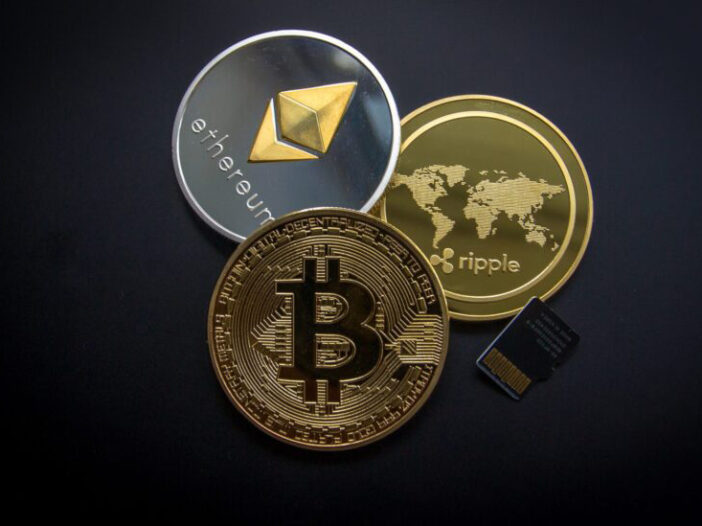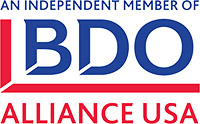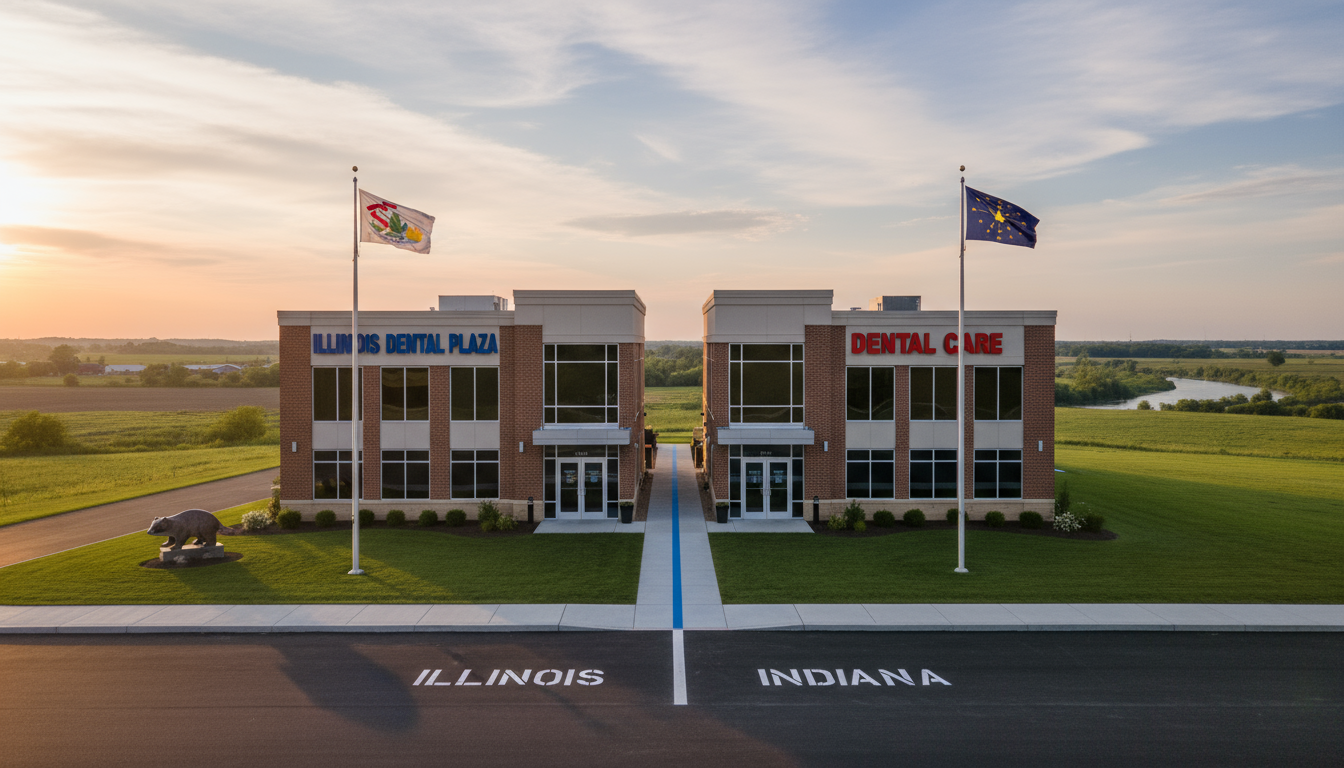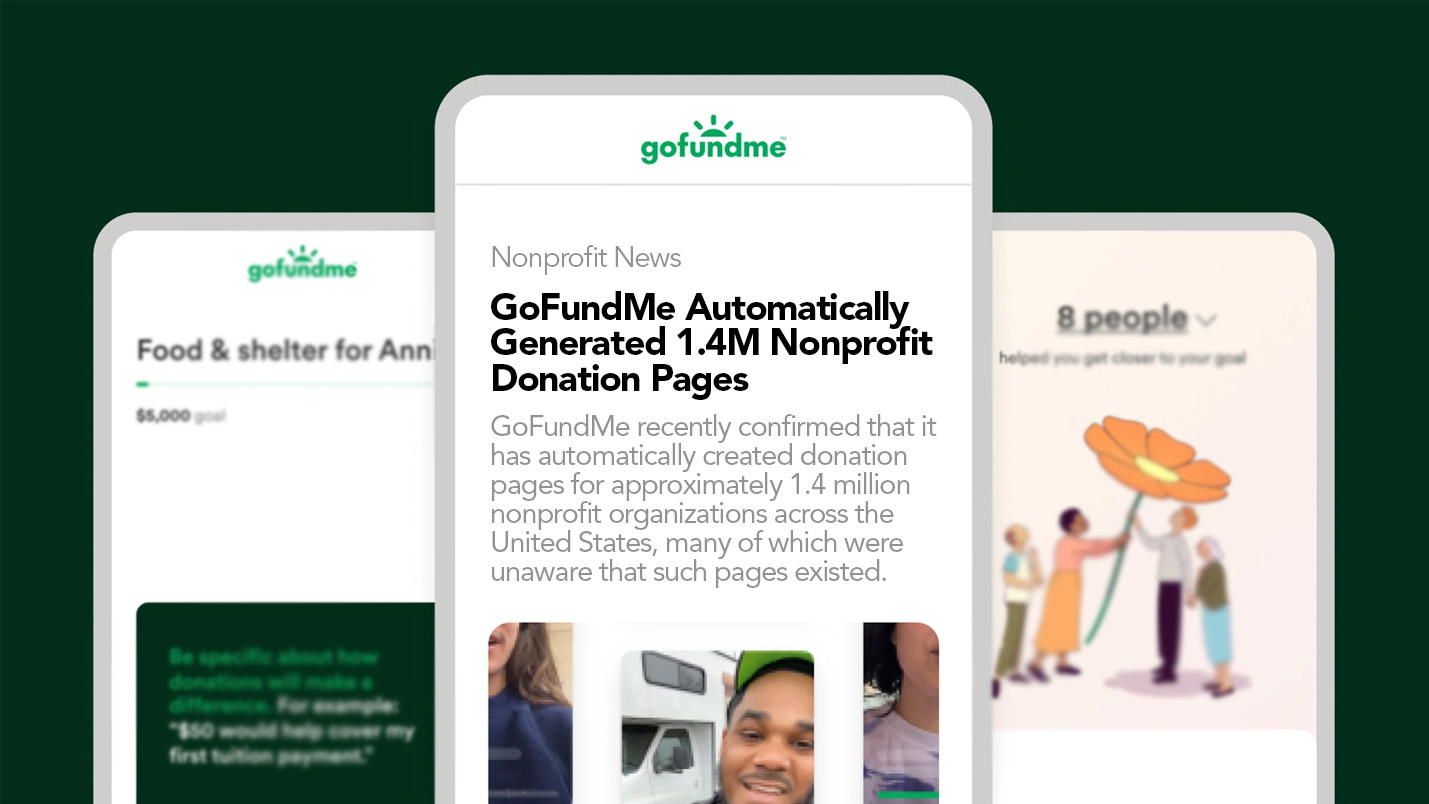
By Karen A. Schuler, CIPM, CIPP/E, CIPP/US, FIP, CDPSE, CFE, and Taryn Crane, PMP, FIP, CIPM, CIPP/E, CIPP/US
Nonprofit organizations, including many charities, harness blockchain technology to improve sustainability, reduce cost and protect donor information. The most frequently asked questions about blockchain for nonprofits include: what is it, how does it work and why is it effective?
Before further discussion, let’s review some common terminology.
General purpose technology (GPT) is “technological progress that drives long-term economic growth.”[1] GPTs apply to almost any activity and have the ability to ”transform those activities by improving efficiency or creating opportunities for new ways of doing things.”[2] Distributed ledger technologies (DLTs) are databases that are shared and synchronized across multiple sites, institutions, or geographies.[3] They are accessible by numerous people, and transactions can be public in certain situations. Blockchains are DLTs, so they are databases that store information in blockchains that are chained together.[4] Nonprofits can store different types of information in blockchains, but the most common type is for transactions.
The terms “digital assets,” “cryptocurrency” and “tokens” are often interchangeable. However, there are notable differences. Digital assets are non-tangible assets, such as non-fungible tokens (NFT), created, traded and stored digitally. Cryptocurrency is a medium of exchange or the digital equivalent of fiat currency (e.g., USD, Euro) that allows organizations to trade them for goods or services. Tokens, on the other hand, are built on the platform on top of blockchains. They are programmable, permissionless, trustless and transparent. They are composed of smart contracts that provide the rules of engagement of the token.
The goal of blockchain technologies is to give organizations complete control of their data and manage the flow of information.
Nonprofits’ Blockchain Use Cases
Philanthropy is driving blockchain use for nonprofits. Because charities, nonprofits, and non-governmental organizations (NGOs) can find it challenging to reach suitable donors, they build blockchain solutions to help change that. However, opportunities exist for nonprofits to expand their use of blockchain solutions to support Environmental, Social and Governance (ESG) efforts. Additionally, nonprofits have an opportunity to develop a digital asset, NFTs, to support their philanthropic initiatives. The entertainment industry sells NFTs to provide unique features such as meeting the artist, engaging with filmmakers or obtaining ownership rights.
Below is a matrix that introduces opportunities for nonprofits to leverage blockchain technology.

Philanthropy
Philanthropy will continue to lead nonprofits’ blockchain use. Still, the ability to drive efficiencies, privacy and data protection, transparent reporting and global workforce flexibility presents a unique opportunity for this sector.
Environmental, Social & Governance
Initial versions of cryptocurrency platforms consume large amounts of energy and are not environmentally conscious; however, recent advancements in the technology drive energy-efficient options for blockchain operators. From a social perspective, blockchains aid in humanitarian efforts by providing distributed and shared records that are immutable and tamper-proof. Finally, blockchain data management allows for transparency and trust, contributing to the governance pillar of ESG.
Workforce Mobility
Nonprofits at times find it challenging to attract new talent. However, blockchain technologies allow:
- Organizations to verify education, evaluate skills and assess performance of candidates in a timely manner.
- Candidates to manage and share their credentials more efficiently.
- Nonprofit organizations to handle cross-border payments, tax liabilities and create their own corporate currencies.
Privacy and Data Protection
Blockchain protects personal information and the benefits for nonprofits are endless. Organizations outsource aspects of their business to drive marketing, philanthropy, awareness and operational management. In many cases, organizations benefit from outsourcing IT, data storage and security operations. However, copies of data reside throughout the organization’s network, and many organizations have developed custom databases and applications or shadow technologies, creating additional risk.
Data privacy is the relationship between the collection and dissemination of data and the public’s expectation of keeping that information private. As the enforcement of domestic and global regulations continues to rise, organizations are challenged to meet strict and evolving obligations.
Blockchain can both negatively and positively impact an organization’s privacy operations. Below is a chart that provides an overview of common privacy principles[5] and blockchain’s impact on each of them.
Table 1. Blockchain Impact on Privacy


Impact key:

Other obligations that an organization should consider are cross-border data transfers and whether the blockchain solution meets the legal requirements of each jurisdiction where data resides. Additionally, the roles of each entity using the blockchain data must consider whether it is the owner of the data or a participant processing the data.
It is essential to evaluate any technology’s regulatory, legal, security and privacy implications and obligations. Organizations can do this by taking a Data Protection by Design & Default approach. Data Protection by Design allows an organization to “embed data privacy features and data privacy-enhancing technology into the design of projects at an early stage”[6]. To get started with Data Protection by Design, there are seven fundamental principles that should be followed.

The benefits of blockchain for nonprofits are countless and the opportunity exists for organizations to embed these technologies into business operations. However, before embarking on the development of a DLT, organizations must first consider and weigh the benefits, risks, data protection implications and legal obligations. It is essential to follow the principles outlined in this article and ensure that data protection and data privacy are considered at the start of an organization’s journey with blockchain.
[2] Ibid.
[3] Investopedia, Jake Frankenfield Distributed Ledger Technology, August 27, 2021
[4] Investopedia, Luke Conway, Blockchain Explained, June 1, 2021
[5] International Association of Privacy Professionals, Resource Center, Fair Information Privacy Principles
[6] Irish Data Protection Commission, Data protection by Design and by Default




